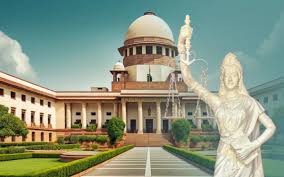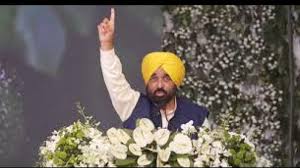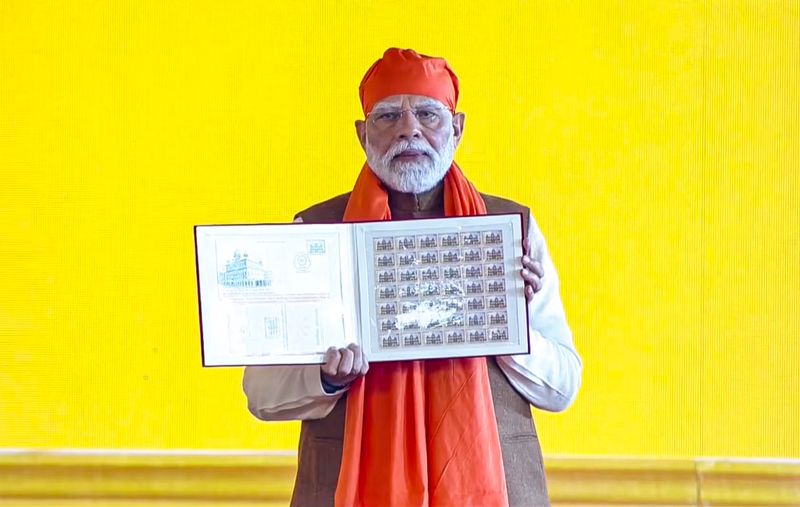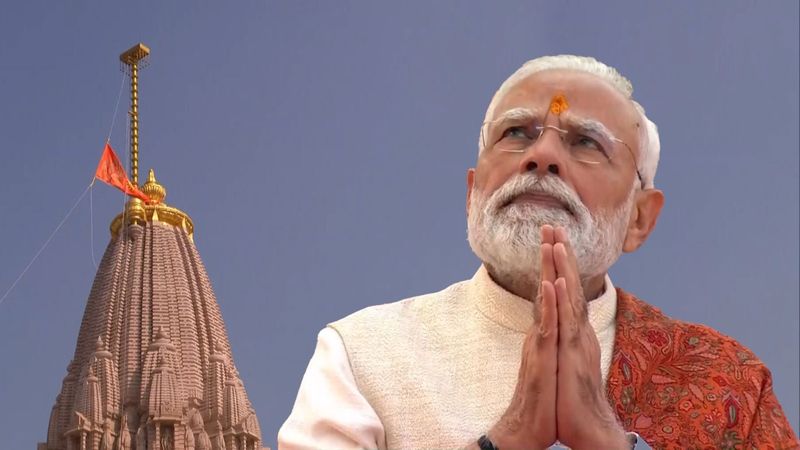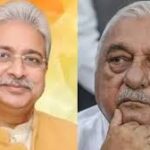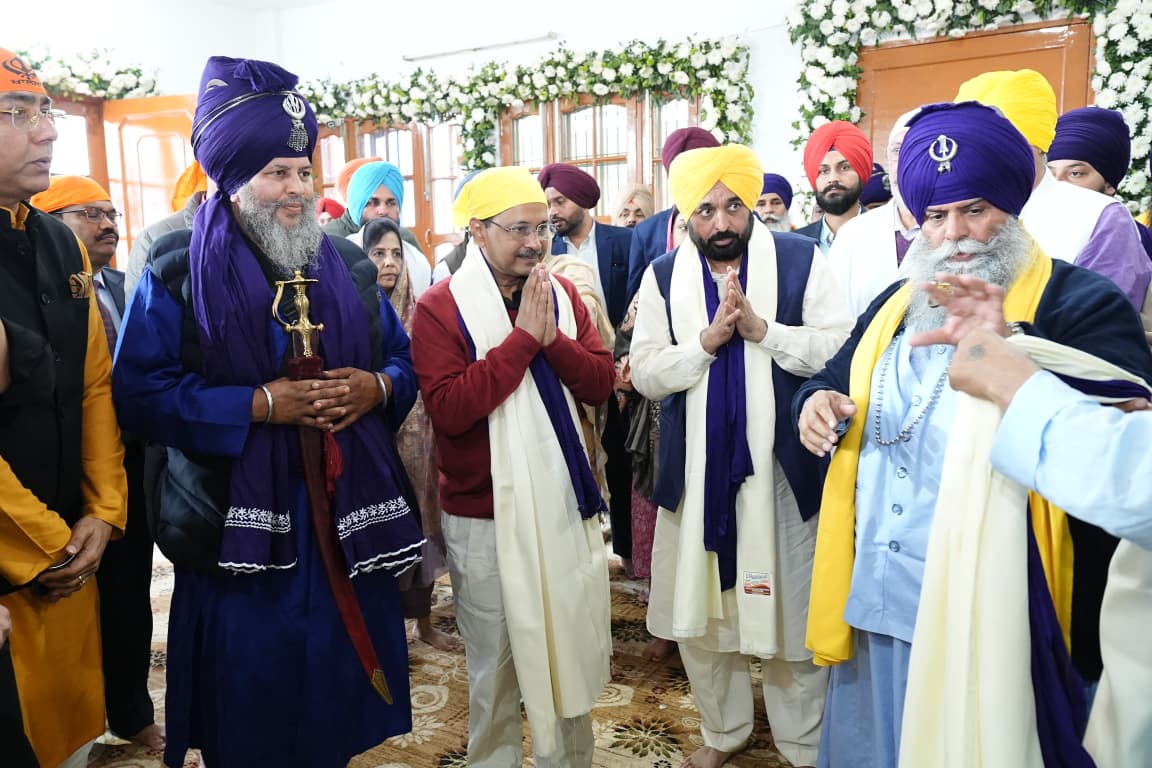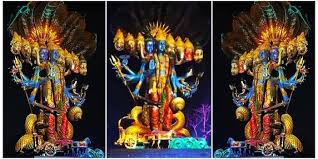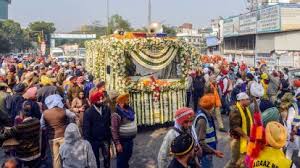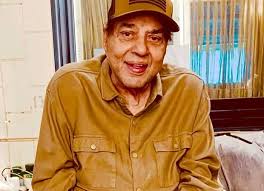Listen To This Post
Hooda’s Consolidation-How the Congress High Command Weighed Factions Before Backing a Veteran?
HARISH MANAV
Chandigarh: When the All India Congress Committee (AICC) on the evening of September 29 announced Bhupinder Singh Hooda as the Leader of the Congress Legislature Party (CLP) in Haryana and Rao Narender Singh as the new Pradesh Congress Committee (PCC) chief, the decision appeared routine. But behind this piece of press note lies weeks of hectic parleys in Delhi, where Rahul Gandhi and the party high command carefully weighed the claims of multiple factions before concluding that Hooda’s experience and mass reach were too central to ignore.
The Delhi deliberations
According to party insiders, the consultations went beyond mere formality. Rahul Gandhi, AICC president Mallikarjun Kharge, General secretary K.C. Venugopal, and other senior leaders held separate discussions with rival camps. Each faction pitched itself as the alternative capable of reviving Congress in Haryana. In these discussions, Kumari Selja highlighted the need for Dalit leadership; Randeep Surjewala positioned himself as the modern, articulate strategist with a national profile; Capt. Ajay Singh Yadav projected his clean image and six-term record as credentials for PCC leadership; and Chaudhary Birender Singh lobbied through legacy networks, signalling his family’s potential return as a counterbalance to Hooda.
Yet, the feedback from Haryana’s cadre and ground reports told a different story. Booth workers and district functionaries consistently pointed to Hooda’s ability to mobilise not only rural Jat belts but in wholesome Haryana and his credibility as a two-time CM who has fought the BJP head-on. For the high command, this electoral muscle eventually outweighed the risks of alienating other factions.
Rao Narender Singh: balancing Hooda’s dominance
The appointment of Rao Narender Singh as PCC chief was the compromise formula born out of these Delhi deliberations. A former minister with a non-Jat background, Rao’s selection was designed to provide balance — giving organisational responsibility to someone outside the Hooda’s orbit while preventing the perception of total centralisation. The hope was to soften the blow for other sidelined aspirants and reassure workers that Haryana Congress will not become a one-man show.
Ajay Yadav’s open dissent
Still, dissent could not be fully contained. Capt. Ajay Singh Yadav, a prominent PCC contender, broke ranks almost immediately. Taking to social media, he criticised the decision as a betrayal of Rahul Gandhi’s stated desire for “clean and youthful leadership,” warning that cadre morale had sunk further. By tagging Rahul, Venugopal, and BK Hariprasad, Yadav ensured his grievance was heard at the highest level. His outburst also sent a clear signal: Hooda’s elevation may have settled the leadership question, but it has not erased factional resentments.
The sidelined trio: Selja, Surjewala, and Birender Singh
For Kumari Selja, this restructuring represents another missed opportunity. A former Union minister and Dalit face, Selja has long clashed with Hooda over dominance in Haryana politics. By not giving her a prominent role, the party risks disaffection within Dalit cadres unless Selja is placated with national-level assignments.
Randeep Surjewala, though respected as a national spokesperson and Rajya Sabha MP, finds himself in a peculiar bind. His national duties have distanced him from Haryana’s ground politics, weakening his faction’s leverage in state matters. While his proximity to the Gandhis keeps him relevant, the latest decision confirms that Haryana leadership is not in his immediate grasp.
As for Chaudhary Birender Singh, his once-formidable legacy in the Jat heartland has been overshadowed by his shifting loyalties between BJP and Congress. With Hooda firmly back in command, Birender Singh’s camp now looks peripheral, though his son Brijendra Singh’s moves will keep Delhi watchers attentive.
High command’s calculation: unity through dominance
The message from Delhi is unmistakable: Congress cannot afford experiments in Haryana. After three successive defeats in Lok Sabha and Assembly polls, the party needs a leader who commands both visibility and ground strength. Hooda may not be the consensus choice, but he is the pragmatic choice — a figure who can keep the BJP on the defensive and give the Congress legislative sharpness.
By pairing him with Rao Narender Singh, the high command believes it has created an arrangement that projects inclusivity while cementing stability. The calculation is that sidelined factions will eventually fall in line, fearing irrelevance if they resist.
Will factionalism be diluted or buried alive?
Whether this restructuring actually dilutes factionalism remains an open question. For now, it looks more like an uneasy truce than genuine unity. Hooda’s dominance is clear, but resentment lingers beneath the surface — from Selja’s muted silence, to Surjewala’s sidelining, to Yadav’s public protest.
The next flashpoint will come during ticket distribution for the 2029 elections. If Hooda’s camp monopolises nominations, these factions could quietly undermine Congress on the ground. If the high command manages to distribute influence smartly, the party may finally present the united front it has lacked for a decade.
By handing Hooda legislative reins and Rao organisational control, the Congress high command has taken a calculated gamble. It has bet on Hooda’s mass base to anchor the party and Rao’s presence to balance optics. But this move has also deepened the anxieties of other factions, especially Selja, Surjewala, Birender Singh, and Ajay Yadav.
For now, Hooda’s camp has won Delhi’s trust. But unless the sidelined camps are strategically accommodated, Haryana Congress may remain what it has long been — a house divided, capable of challenging the BJP on paper, yet weakened by the weight of its own rivalries.




